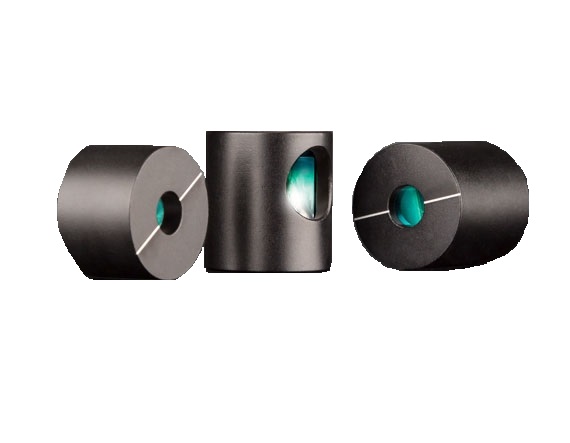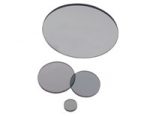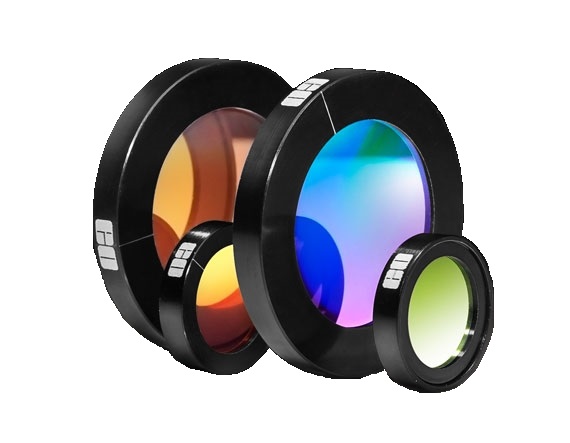Description
Polarization components are used in imaging applications to reduce glare or hot spots, enhance contrast, or to perform stress evaluations. Polarization can also be used to measure changes in magnetic fields, temperature, molecular structures, chemical interactions, or acoustic vibrations. Polarizers are used to transmit a specific polarization state while blocking all others. Polarized light can have linear, circular, or elliptical polarization.
Crystalline Polarizers rely on the effects of birefringence in crystalline materials to modify the polarization of incident light. The transmission of the desired polarization and deviation of the remaining is related to the index of refraction of the birefringent materials and the angles of the cut between the crystals.
Linear Polarizers are Polarizers designed to linearly polarize incoming light. Passing white light through a Linear Polarizer blocks half of the incident light, causing the electric field component to displace so that it oscillates in only one plane with respect to the direction of propagation.
Wire Grid Polarizers are ideal for applications that need high extinction ratios, high operating temperatures, or wide bandwidth ranges from the Ultraviolet (UV) to the Infrared (IR). Wire Grid Polarizers are used to polarize light by transmitting only a specific polarization state.





